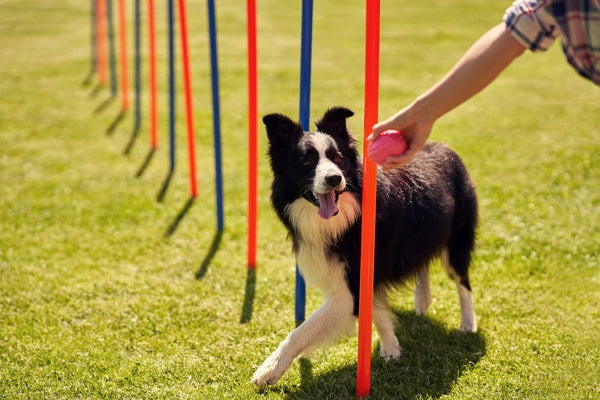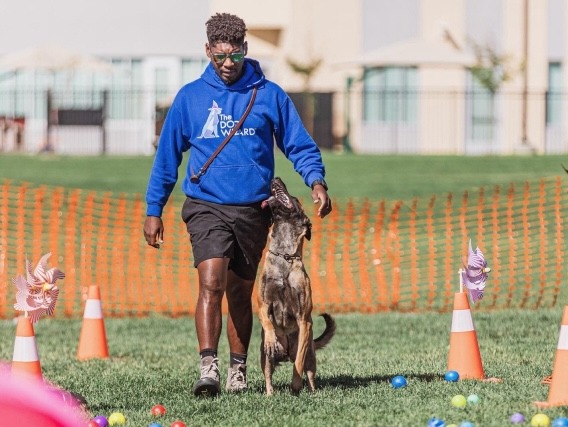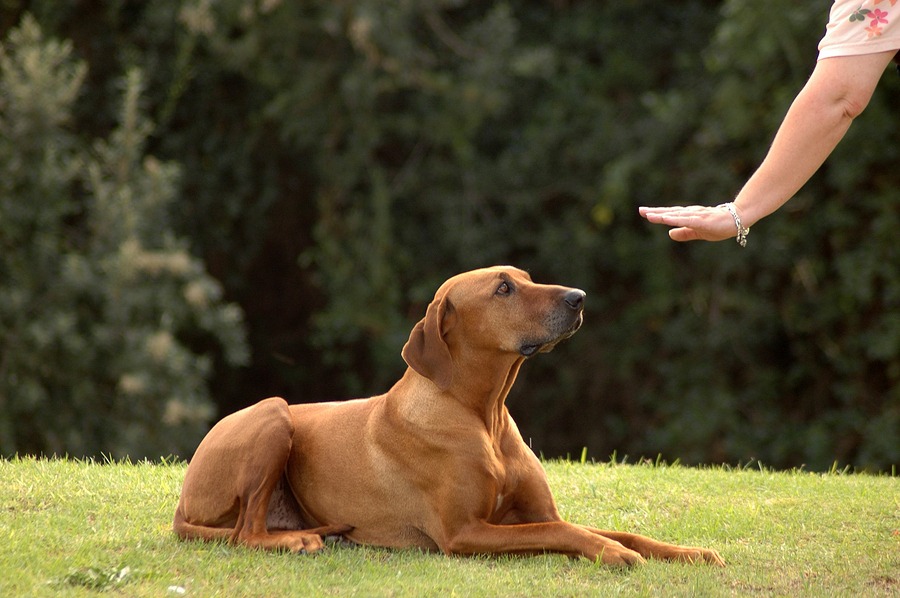Why Leash Training Matters:Leash manners keep your dog safe and make daily walks enjoyable. It reduces stress for you and the dog and prevents issues like leash aggression or pulling.
Tools of the Trade:Choose the right leash (4-6 feet, non-retractable), a well-fitted harness or collar, and carry high-reward treats. Avoid choke chains or prong collars unless advised by a professional trainer.
Step-by-Step Training:
Start indoors where distractions are minimal. Encourage your dog to follow you around on the leash using treats.
Use a cue word like "let's go" or "heel."
Reward often for staying close or looking up at you.
Gradually increase difficulty—move outdoors, then into busy areas.
Solving Common Issues:
Pulling: Stop walking when the dog pulls. Only move forward once they return to your side.
Distractions: Use treats and a happy tone to regain attention.
Fear: Go slow. Let your dog observe from a distance before approaching new stimuli.
Advanced Tips:
Practice loose-leash walking around other dogs, cyclists, and loud noises.
Integrate obedience commands during walks to reinforce focus.















